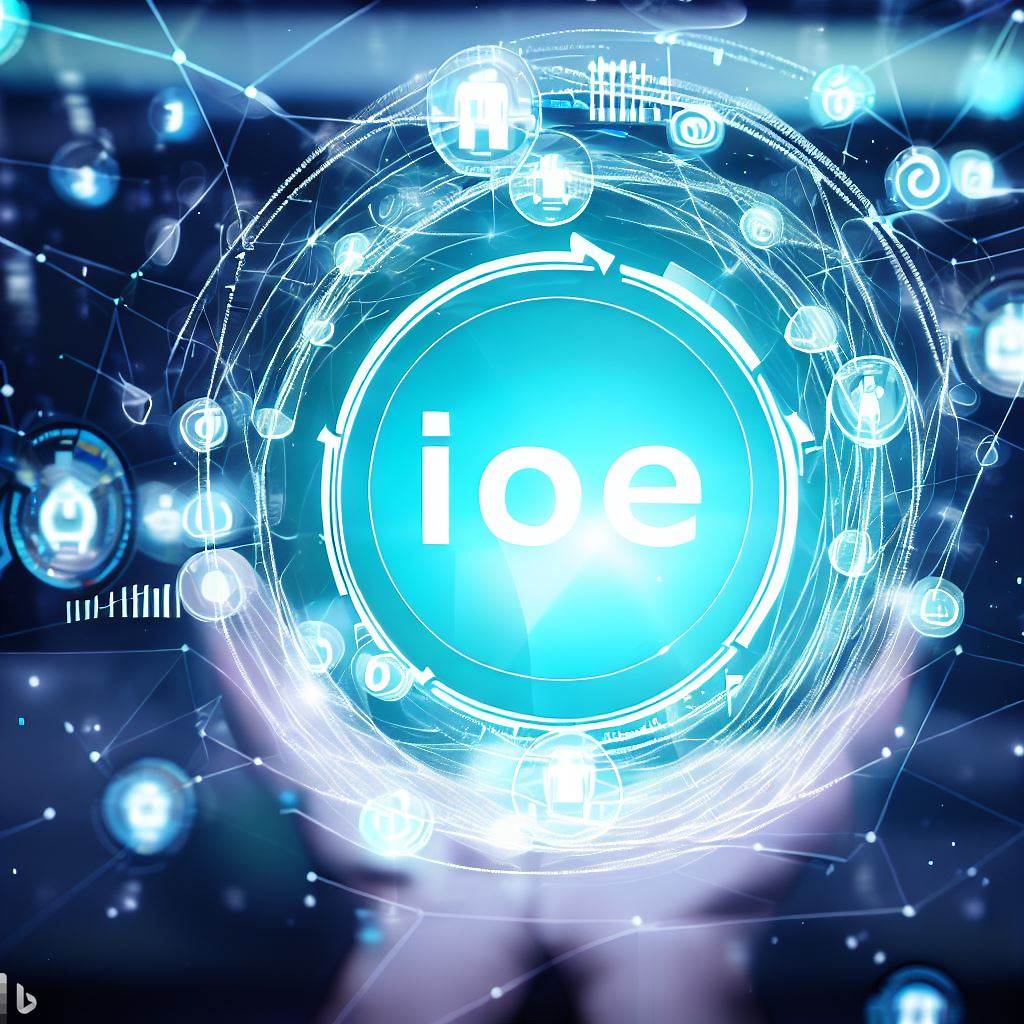
The future of the Internet of Everything (IoE) is promising and holds the potential to revolutionize numerous sectors. While predicting the exact course of any technological trend is challenging, the following are some insights and speculations on the future trajectory of IoE:
- Ubiquitous Connectivity: As 5G and subsequent generations of wireless technology roll out, nearly everything—cars, home appliances, clothing, and even potentially the human body—may become a node in the IoE. The world will move beyond just connecting smartphones and computers to truly interconnected environments.
- Enhanced Smart Cities: Advanced sensor networks, automation, and data analysis will make cities more responsive to citizen needs, improving traffic management, waste disposal, energy usage, and public safety.
- Personalized Experiences: Businesses will offer more tailored services and products based on individual preferences and habits. Your home might adjust lighting, temperature, and entertainment based on your mood or health metrics.
- Healthcare Revolution: IoE could bring about a major shift in healthcare, with wearables continuously monitoring health metrics, predicting potential ailments, and even communicating with doctors or medical centers in real-time.
- Advanced Automation in Industries: From agriculture to manufacturing, IoE can result in operations being automated based on data from multiple sources, optimizing production and reducing costs.
- Greater Emphasis on Security: As the interconnectivity increases, so will potential vulnerabilities. A new era of cybersecurity focused on IoE-specific threats will emerge. Decentralized and edge computing might play a vital role in ensuring data security and privacy.
- Ethical and Regulatory Challenges: The sheer amount of data being collected and analyzed might raise significant ethical concerns about privacy and data ownership. Governments will likely introduce regulations to protect individuals.
- Economic Shifts: As IoE integrates deeper into industries, there could be shifts in economic models, with new opportunities arising and some traditional roles becoming obsolete.
- Interoperability Standards: For IoE to reach its full potential, devices from different manufacturers will need to communicate seamlessly. Standardization efforts will likely gain momentum, ensuring that devices “speak” a common language.
- Edge Computing and Decentralization: With billions of devices generating data, processing all of it centrally will become inefficient. More processing will occur on the device itself or closer to the data source, reducing latency and ensuring real-time operations.
- Environmental Monitoring: IoE can play a crucial role in battling climate change, with interconnected sensors globally providing data about pollution levels, deforestation rates, and ocean health. This data can inform policies and global actions.
In essence, while the Internet of Things (IoT) started the journey of interconnecting devices, the IoE will take it many steps further, weaving together machines, data, processes, and people. As with any technological revolution, while the potential benefits are vast, it will be crucial to approach the expansion of IoE thoughtfully, addressing the inherent challenges responsibly.
